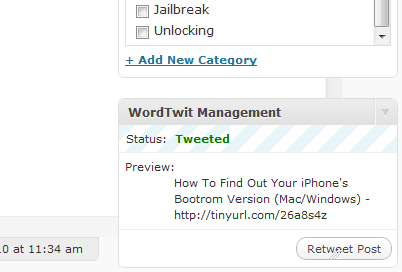Mikrotik Routerboard Pictures
Here are some pictures of the Routerboard 750G, I purchased two of them. One I will be deploying in a 22 room hotel, the other is one to play with at home. This thing is absolutely awesome when it comes to customization, and what it can do. It does more than dd-wrt. However dd-wrt is … Read more
